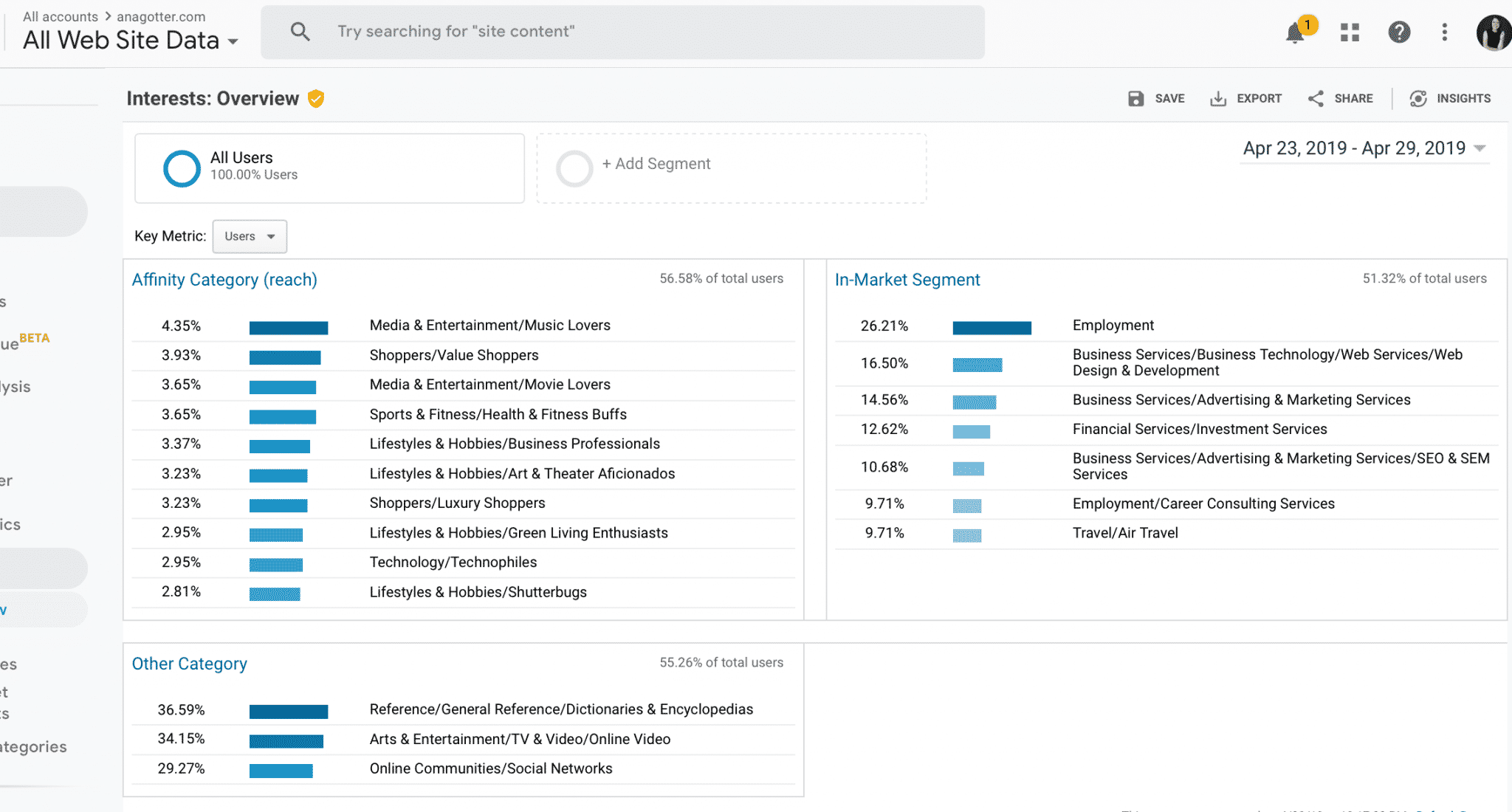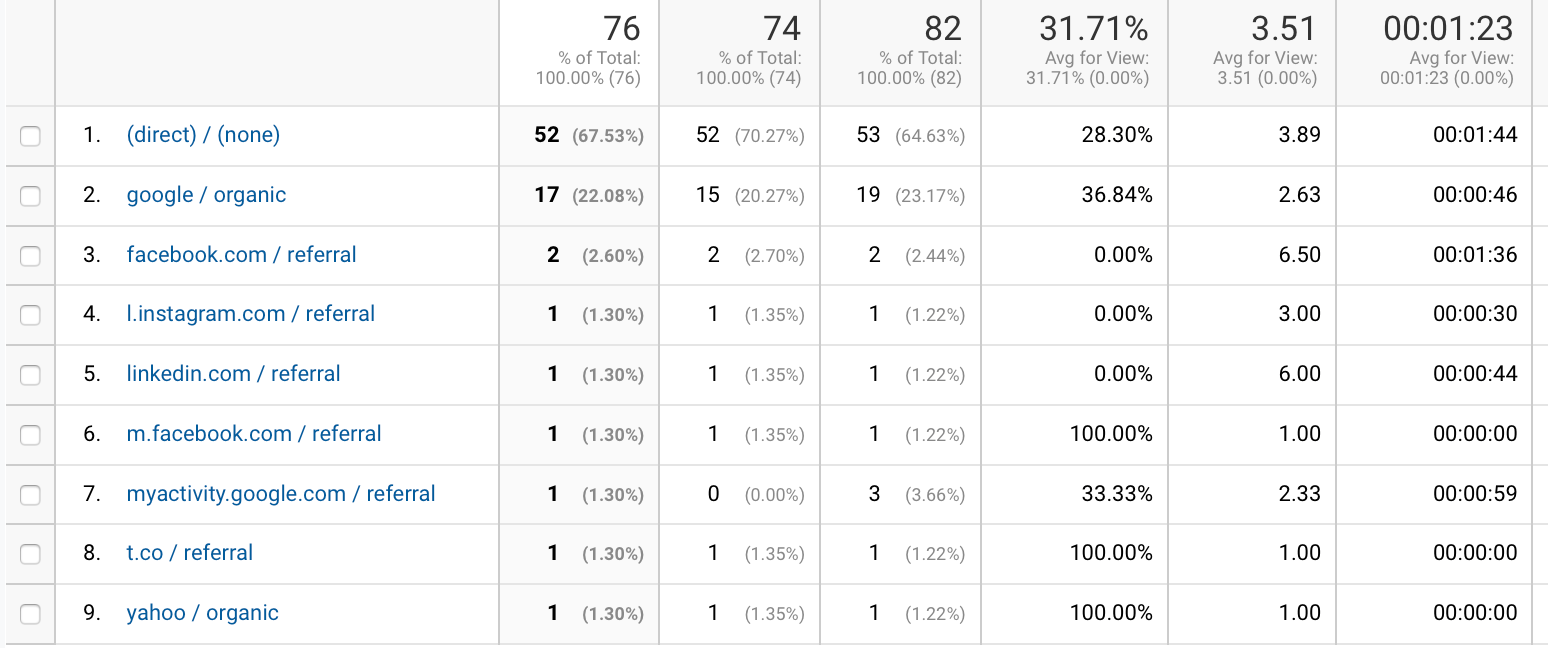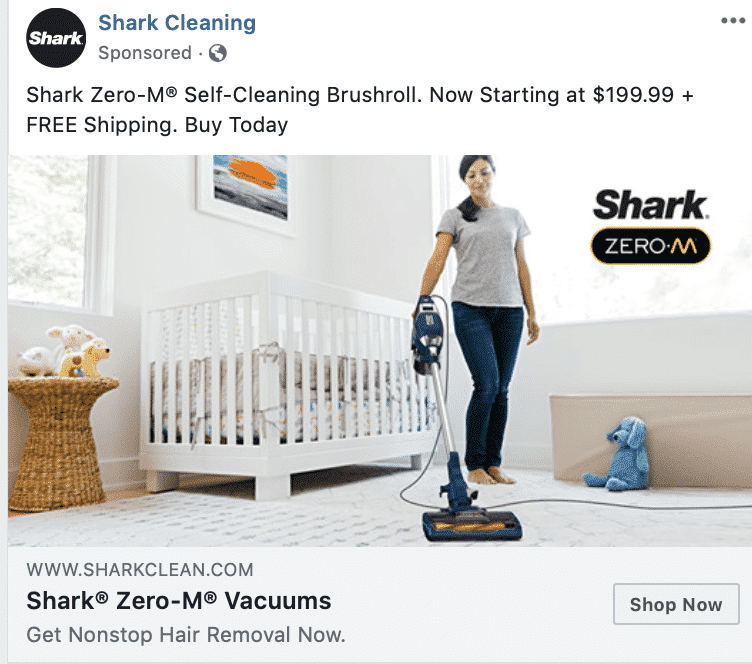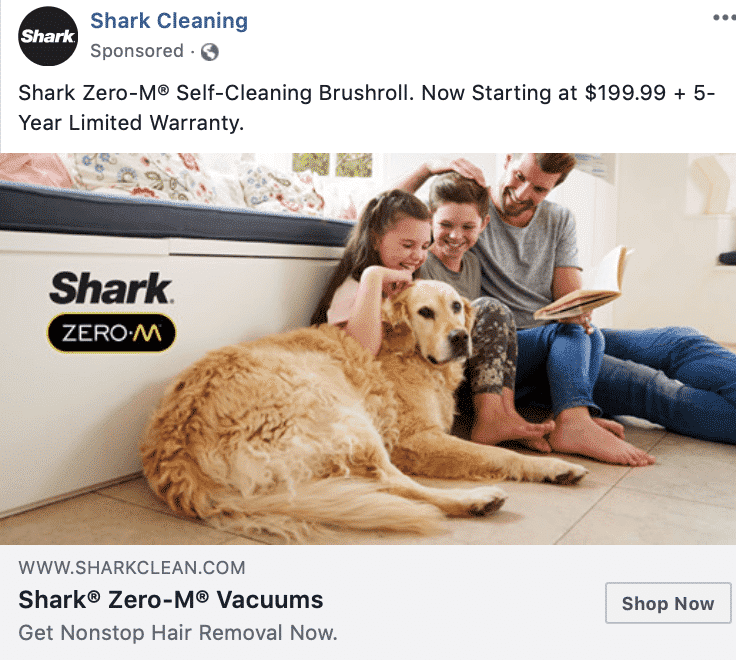How to Define Your Audience for the Products You Sell
by Ana Gotter • April 22, 2019
Your product pages are up, your inventory is stocked, and you’re ready to sell.
But who exactly are you selling to?
It’s easy to end up struggling to move your products when you aren’t entirely sure who the target is that would want to buy them. Without a firm understanding of who your audience is, what they want, and what motivates them, it’s natural to struggle to highlight the right features, create the right ad messaging, and even develop and market your USP correctly.
Finding and understanding your audience will take some work, but it’s a step that every single business needs to make when they’re trying to be successful. We’ll show you exactly how to find and narrow down your target audience, helping you understand who will buy your products and why.
Check Out Your Current Customer Base
Want to define your target audience? Start with the one that you already have.
Take a look at the people who have already purchased from you.
One strategy for this is to reach out with a confidential survey asking about them and why they chose your product. B2B businesses could ask about the business size and use cases. B2C businesses could ask about personal information, including demographic and household income, and learn more about why their customers decided to purchase from them specifically.
Some people purchase from Amazon because it’s immediate. Others do it because it’s convenient, either in terms of having everything shipped to your door or because you don’t have to go hunting for a seller for whatever you want. And there are some customers who prefer to use Amazon for the incredible selection and the numerous reviews they can find. Understanding why your existing audience purchases from you already can tell you a lot about who they are and what they need.
You should also look at analytics platforms, starting with Google Analytics to see who is visiting your site and how they’re getting there. Look at demographic and interest information, but also channel source, which can also be revealing.

If you sell hair products and you notice you’re getting a ton of clicks to hairspray coming from a stage makeup blog, this may open up an entire audience niche you didn’t know you had.

Other analytics platforms to review include native social insights, including Facebook’s Insights and Pinterest’s Analytics.
Create a List of Product Features and Who Benefits from Them
You’re selling specific goods and services, and each one has distinct features.
Let’s say you’re selling that hairspray we talked about in the section above. It has the following benefits:
- It’s made without parabens and sulfates, which are possible carcinogens
- It’s never tested on animals
- It’s unscented and fragrance-free, so there’s no cloud of smell following you around and people who are sensitive to smells can use it
- It can leave your hair a little stiff, but its hold can’t be matched.
These are a lot of good features that are specific to your product and give it a competitive advantage against a $2 can of Herbal Essence hairspray from Target. It may appeal to the following audiences:
- Those who have sensitive skin, lungs, or noses, or those who are concerned about too many added chemicals
- People who prioritize ethical products
- Clients who are looking for the ultimate hold for their hair, texture be damned.
Going through your different products, you’ll be able to see different features you can highlight to appeal to different niches in your target audiences.
Consider Different Use Cases and Pain Points for Your Product
Different people may need your product for their own unique purposes. This ties in with the product features above, but this is more about how you’re framing your products outright.
Think about how unique audiences might benefit from and use your product, or what messaging might appeal most to them. By doing this, you might discover audience niches you hadn’t previously considered.
If you’re selling an ultra-strength vacuum, targeted ad copy may help you sell it. A video ad of a busy mom effortlessly sucking up an entire bag of crunched up goldfish on the floor will appeal to parents everywhere; that’s one niche.

A video of a young adult trying to get rid of dog hair that’s been embedded in a couch cushion for two years, however, will appeal to Millennial pet owners who don’t have kids and may not otherwise need a super-strength vacuum.

Think about how you’ll market your product, and what pain points your customers may have. This can reveal common threads that can help you create more distinct audience niches.
Develop Buyer Personas and Test
As you’re breaking down who belongs to your target audience and how they fit into the bigger picture, you’ll almost certainly need to break them down into different niches so that you can effectively market to them moving forward.
It’s a lot more useful to know that you have three distinct audiences and understand why they’re each buying your product instead of trying to put together puzzle pieces that don’t quite all add up to the same picture.
If you’re selling a portable charcoal grill, for example, you’ll definitely have different audience members with vastly different interests and needs. If you’re able to segment this correctly and develop buyer personas around it, you can develop messaging specifically for them and then test it to see if it lands well.
You may realize that your audience niches for portage grills include:
- People in apartments who only have a small where they can grill, and need to store it inside when not in use.
- Customers who want to take their grills camping.
- Those who are in hurricane-ridden areas and who only need a small, temporary grill in case the power goes out.
You can then flesh out these audience niches into buyer personas so that you can consider other pain points and market more effectively to them. These personas are also helpful for keeping everyone on your team on the same page, including external teams like agencies.
Let’s look at the hurricane example. Hurricane Henry is in his mid-forties with two kids in middle school, and they all dread the idea of the upcoming power outage. They have a generator, but it’s only strong enough to keep the AC going and won’t be able to use the stove, so they’ve purchased a portable grill so they can cook food and boil water as needed, even if the generator doesn’t work. He’s concerned with affordability and function, because he really only needs the grill to hang on for a few weeks. He’ll stop by on his way home from work to get it before picking up the kids.
This starts to feel like a real person, and you understand their relationship with your product. Do this for every audience niche and start testing.
Conclusion
You can’t start marketing effectively if you don’t know who you’re marketing to in the first place. Defining the audience for your ecommerce business will help you craft relevant messages that resonate with them and allow you to stand out from your competition.
Start with the audience members that you have, and consider who would benefit most from your products and why. By following the steps in this post, you’ll be able to not only identify potential audience members, but narrow them down into strong segments moving forward.
Is your targeting right on track? We can help you find out! Get in touch with us to learn more!
What do you think? What steps did you take to define your target audience? How did segment your audience and narrow down group niches? Share your thoughts and questions in the comments below!




